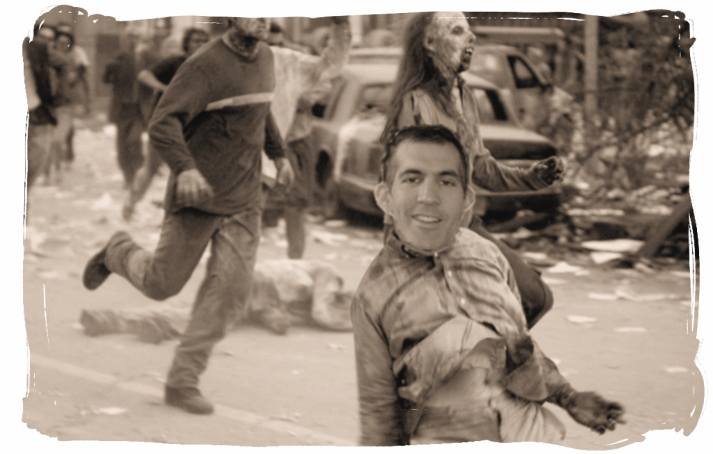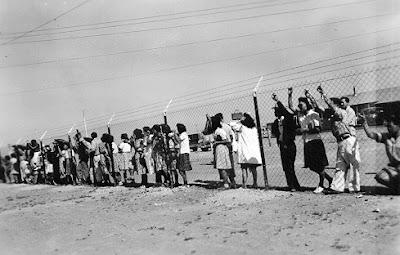
Click to enlarge - "Magnificent blue and gold Saturn floats obliquely as one of its gravity-bound companions, Dione, hangs in the distance. The darkened rings seem to nearly touch their shadowy reverse images on the planet below. This view looks toward the unlit side of the rings from about 9 degrees above the ring plane. The rings glow feebly in the scattered light that filters through them. Dione is 1,126 kilometers (700 miles) across. The image was taken in visible light with the Cassini spacecraft wide-angle camera on Feb. 4, 2007, at a distance of approximately 1.2 million kilometers (800,000 miles) from Saturn. Image scale is 75 kilometers (47 miles) per pixel. "

Click to enlarge - this clip from a movie sequence captures Saturn's rings "during a ring plane crossing--which Cassini makes twice per orbit--from the spacecraft's point of view. The movie begins with a view of the sunlit side of the rings. As the spacecraft speeds from south to north, the rings appear to tilt downward and collapse to a thin plane, and then open again to reveal the un-illuminated side of the ring plane, where sunlight filters through only dimly. "

click to enlarge - "Surely one of the most gorgeous sights the solar system has to offer, Saturn sits enveloped by the full splendor of its stately rings. Taking in the rings in their entirety was the focus of this particular imaging sequence. Therefore, the camera exposure times were just right to capture the dark-side of its rings, but longer than that required to properly expose the globe of sunlit Saturn. Consequently, the sunlit half of the planet is overexposed. Between the blinding light of day and the dark of night, there is a strip of twilight on the globe where colorful details in the atmosphere can be seen. Bright clouds dot the bluish-grey northern polar region here. In the south, the planet's night side glows golden in reflected light from the rings' sunlit face. "

Click to enlarge - this clip from a movie sequence captures Saturn's rings "during a ring plane crossing--which Cassini makes twice per orbit--from the spacecraft's point of view. The movie begins with a view of the sunlit side of the rings. As the spacecraft speeds from south to north, the rings appear to tilt downward and collapse to a thin plane, and then open again to reveal the un-illuminated side of the ring plane, where sunlight filters through only dimly. "

click to enlarge - "Surely one of the most gorgeous sights the solar system has to offer, Saturn sits enveloped by the full splendor of its stately rings. Taking in the rings in their entirety was the focus of this particular imaging sequence. Therefore, the camera exposure times were just right to capture the dark-side of its rings, but longer than that required to properly expose the globe of sunlit Saturn. Consequently, the sunlit half of the planet is overexposed. Between the blinding light of day and the dark of night, there is a strip of twilight on the globe where colorful details in the atmosphere can be seen. Bright clouds dot the bluish-grey northern polar region here. In the south, the planet's night side glows golden in reflected light from the rings' sunlit face. "
---o0o---













